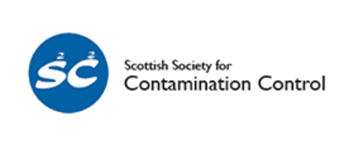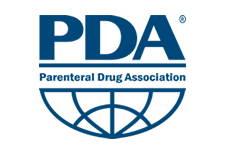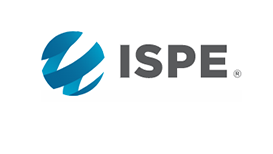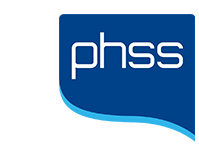FOOD MANUFACTURING: AN HACCP PLAN FOR YOUR CLEANROOM
| Cleanroom Supplies Blogger
Hazard Control in Food Manufacturing: the 7 principles of an HACCP plan for your Cleanroom.
Quality food production relies on a number of factors, with cleanrooms often an essential feature of the manufacturing and packing process. But even with the most modern of cleanroom facilities, without a carefully considered and executed plan for Hazard Analysis and Critical Control Points (HACCP) – not to mention high-quality, disposable cleanroom supplies – that process can quickly and easily be undermined. Here is a summary of the 7 principles for an effective HACCP plan for food manufacturing.
1. Risk Mitigation
Ideally carried out before the first production event, a record should be constructed of materials entry points throughout the cleanroom and production complex at large, so that everything that goes through it is fully trackable and traceable throughout the entire system. With this key data having been documented in a laboratory information management system (LIMS), the hazard analysis can then be administered, which brings us to our next step:
2. Identifying Critical Control Points (CCPs)
Generally, although certainly not exclusively, CCPs are those locations where elements are added or removed from the production process, where there are openings or points of external access to the facility, or where packaging takes place. With this mapped into the LIMS, data is manageable and analysable.
3. Establishing Critical Thresholds
At each location of critical control point, a threshold must be established, which defines the limit or condition at which the product may be compromised.
4. Establishing Checking Procedure
Normally, critical thresholds will have a numeric value and so be objective, measurable and recordable for both ongoing and retrospective analysis. An automated procedure for monitoring of this kind allows for issue detection, automated alerts, and so a proactive response to potential hazards.
5. Establishing Response Procedure
A defined procedure for occurrences such as those that might generate alerts should be set so that responses are standardised and in keeping with policy. These standard operating procedures (SOPs) can be incorporated into the LIMS so that the human response may be as objective as the system that generated the alert.
6. Equipment and Process Maintenance
A program for maintenance can also be incorporated into the LIMS, which should include not only automated notifications for equipment checks, but also an ongoing monitoring of the larger production process, allowing for process flexibility and development.
7. Recordkeeping
An automated HACCP strategy that is cohesively planned out and implemented with the LIMS allows for accurate, automated auditing and reporting, helping to keep data retrieval and hazard mitigation and response objective, accurate and efficient. Furthermore, with recordkeeping a natural outcome of a properly conducted HACCP, problem materials or procedures can be traced and isolated in keeping with company policy and cleanroom regulations.












